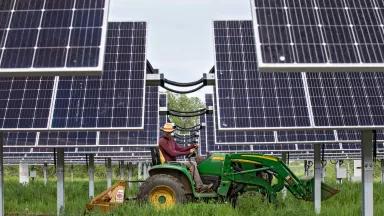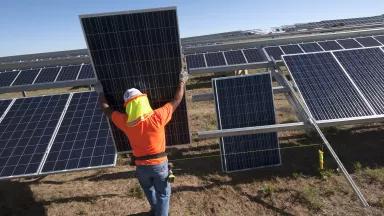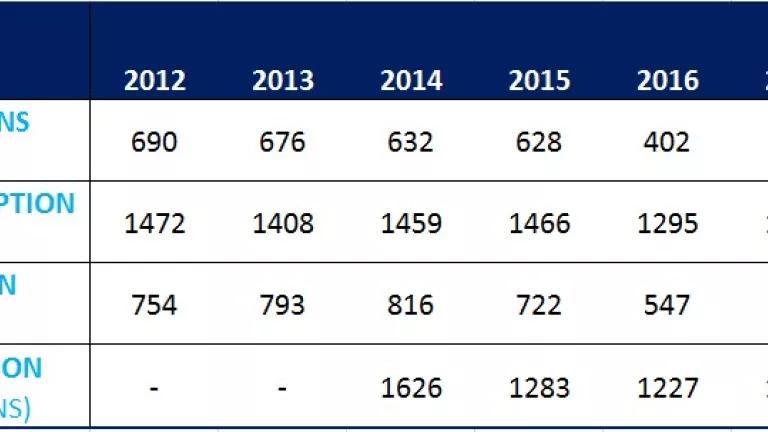Clean Energy Now for a Safer Climate Future
Pathways to net zero in the United States by 2050

Matthew Spaulding
To align with global efforts to limit warming to 1.5 degrees Celsius, the United States faces the monumental yet achievable task of cutting greenhouse gas emissions to net zero no later than 2050. Modeling by NRDC and Evolved Energy Research set out to estimate the technology, infrastructure, and cost requirements of several different pathways to a net zero economy. These pathways all point to one clear finding: This decade is crucial for making climate progress. The longer the United States waits to make transformational climate progress, the fewer pathways remain viable and the more expensive the remaining pathways become. The sooner the United States can reduce emissions—through shifting to clean electricity, switching to efficient and electric vehicles and appliances, and expanding the natural land sink—the cheaper and more predictable the clean energy transition will be. Should the United States fail to reduce emissions in the near term, it will need to rely on riskier and more expensive technologies in later decades to rush to the net zero target.
The clean energy transition is already well underway, with many of the solutions discussed in this report already entering the mainstream. However, achieving net zero emissions within three decades will require a rise in political ambition and an accelerated deployment of these solutions. U.S. leaders must capitalize on the momentum of climate progress from the passage of the Inflation Reduction Act, pursue the highest-priority emissions reduction opportunities, and get the country on track to a net zero future.







